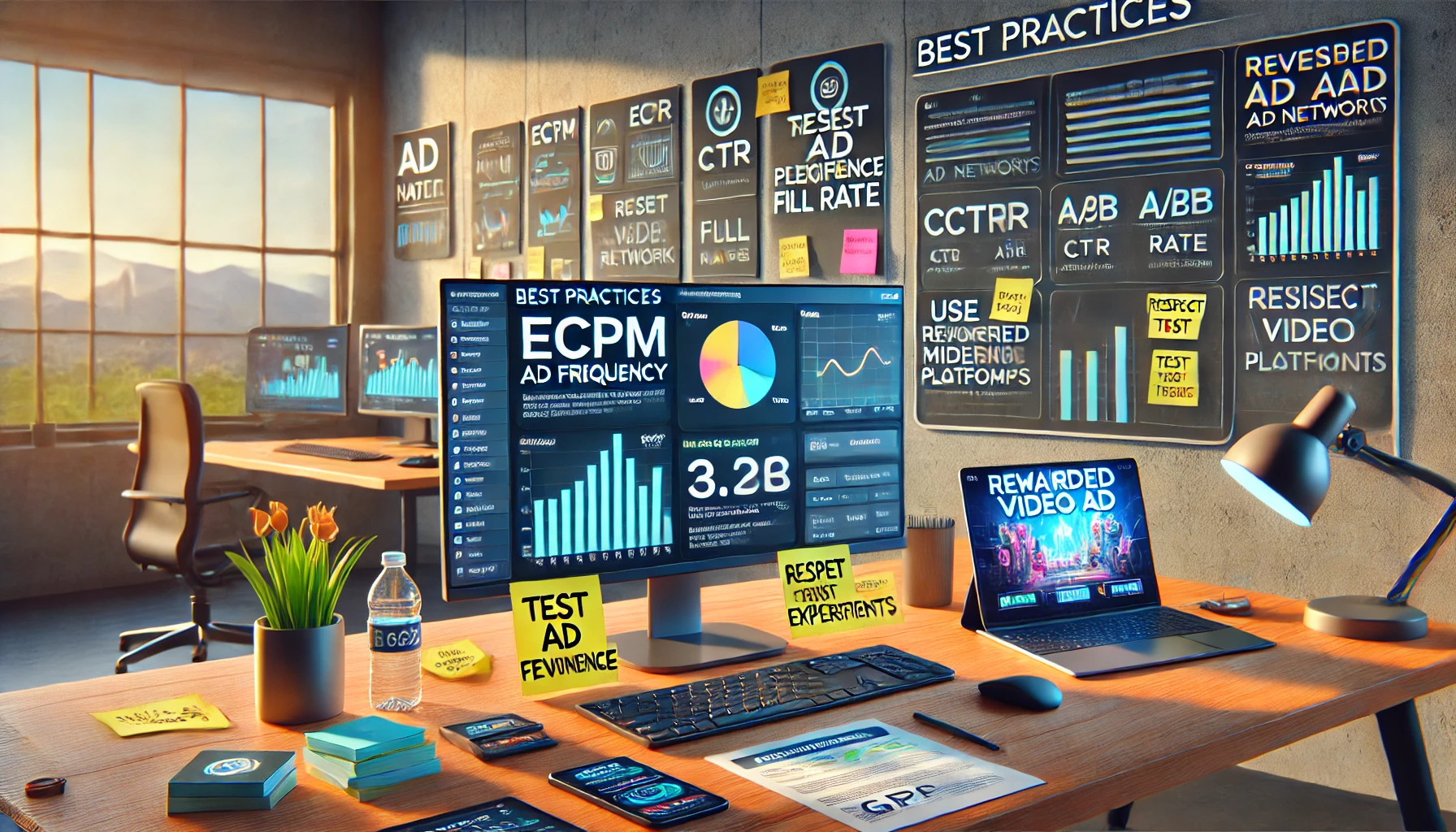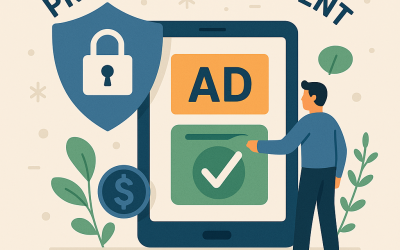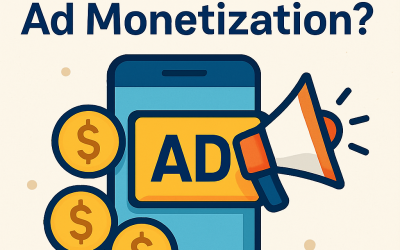Best Practices for Optimizing Ad Revenue
Monetizing with ads is a balancing act. You want to maximize revenue, but without driving users away or ruining the experience. Here are global best practices and tips for effective ad monetization in web apps, HTML5 games, and mobile games.
Contents
- 1 Balance Ads with User Experience
- 2 Use Natural Integration Points
- 3 Optimize Frequency and Timing
- 4 Ad Content and Relevance
- 5 Test and Optimize Continuously
- 6 Keep an Eye on Key Metrics
- 7 Diversify Ad Sources and Formats
- 8 Stay Compliant and User-Friendly
- 9 Handle Ad Blockers and Alternatives
- 10 AppLixir Rewarded Video Ad
Balance Ads with User Experience
The golden rule in game monetization is to avoid overwhelming your users with ads. Yes, more ads can mean more money in the short term, but if your game becomes a barrage of ads, users will leave (or install an ad blocker). Limit the number of ads per session and avoid intrusive formats at sensitive moments.
For example, showing an interstitial ad every level might be too much. Consider showing one every three levels or only on game over. This applies across in-game advertising, mobile ads, and web monetization platforms.
You can offer an ad-free experience for a fee or to loyal users. Some websites and games let users disable ads if they sign up or make a one-time purchase. This can generate direct revenue while improving user satisfaction.
Never place ads in a way that interferes with core gameplay or app functionality. Banners covering critical buttons are not just annoying—they also violate most ad network policies and hurt user retention.
Use Natural Integration Points
Insert ads at natural breakpoints or UI locations. Rewarded video ads work best when tied to gameplay loops—for example, “Watch an ad to continue” or “Watch to earn bonus items.”
Interstitials should appear between levels, pages, or during app transitions. Banners work well in non-intrusive areas like the top or bottom HUD of a Unity game or sidebar in a web application.
Native ads should match your UI’s style and appear in places where users expect content, such as scrollable lists. Always mark these as “Sponsored” or “Ad” to maintain transparency.
When rewarded ads feel like part of the game or app, users tolerate them more. Test your own experience: if you get annoyed during gameplay, rethink your rewarded video ad placement.
Optimize Frequency and Timing
Set smart frequency caps—like showing only one interstitial ad every 2 minutes of gameplay or limiting rewarded video ads to 5 per user daily. Many ad monetization platforms support this with frequency capping and pacing tools.
Also, consider cooldowns. After a user watches a video ad, give them a break before the next one. This improves the user experience and keeps retention high.
Avoid showing a full-screen ad within the first few seconds of app use. Let the user finish a level or tutorial before presenting an ad. This approach helps improve ARPDAU (Average Revenue Per Daily Active User) and overall ad revenue.
Ad Content and Relevance
While you don’t choose each individual ad, you can influence what appears. Use ad category blocking (e.g., block sensitive content or direct competitors).
If your app targets children, ensure ads are COPPA-compliant and safe for kids. Serve family-friendly ads via trusted ad networks.
Relevant ads perform better. Use accurate metadata and keywords so demand-side platforms (DSPs) can deliver targeted campaigns. This boosts click-through rates (CTR) and overall rewarded video ads revenue.
If privacy policies allow, you can pass anonymized demographic hints for better ad targeting. Just stay compliant with privacy laws like GDPR and CCPA.
Test and Optimize Continuously
Your ad monetization strategy should be an ongoing experiment. Use A/B testing to evaluate placements, timing, and formats. Compare revenue results with user engagement metrics like session length and retention.
Try showing rewarded video ads after every level vs. every two levels. Sometimes, fewer ads lead to longer sessions and higher video monetization platform returns.
Also, use ad mediation to rotate between multiple ad networks. One might outperform others depending on the user’s location or device.
Track eCPM by region, impressions per user, CTR, and other key performance indicators. These insights can guide you to adjust and optimize your setup for maximum ad revenue.
Keep an Eye on Key Metrics
Monitor core metrics such as eCPM, ARPDAU, fill rate, CTR, and retention. High eCPM means an ad unit earns more per impression—consider prioritizing those formats.
Use fill rate data to ensure users are seeing ads when available. A low fill rate might indicate a network shortage in specific regions. Adding more monetization tools or fallback networks can help.
Low CTR may suggest poor placement or ad fatigue. A high bounce rate after an ad could point to intrusive timing. Tools like Google Analytics, GameAnalytics, Adjust, or AppsFlyer can help you correlate ad performance with user behavior.
 Diversify Ad Sources and Formats
Diversify Ad Sources and Formats
Don’t rely on a single ad network or ad format. Use mediation platforms to integrate multiple sources like AdMob, AppLixir, or Unity Ads.
Combine rewarded video advertising, banner ads, and native placements to cover all user segments. Some users might ignore banners but opt into incentivized ads.
Regional targeting also matters. Use specific networks that perform well in regions like Southeast Asia, Latin America, or Europe. Adjust your monetization strategy accordingly.
Multiple networks and formats can stabilize your CPM and offer higher total game monetization revenue.
Stay Compliant and User-Friendly
Regulations like GDPR and CCPA require that you obtain proper consent for personalized ads and tracking. Offer users a clear choice and fallback to non-personalized ads when needed.
If you’re building a mobile game monetization strategy for kids, ensure you’re using networks with family-friendly ad inventories and follow strict content guidelines.
Stay updated with each ad network’s policies. Violations like accidental click encouragement or inappropriate content near ads can lead to bans and lost revenue.
Keep ads respectful, timely, and secondary to content. Apps and games that prioritize user experience enjoy better engagement and long-term monetization.
Handle Ad Blockers and Alternatives
Web platforms face unique challenges with ad blockers. Around 40-45% of users use adblockers globally. In some regions and demographics, it’s even higher.
Reduce the motivation to block ads by keeping them lightweight and non-intrusive. Consider polite adblock detection scripts and offer users alternate ways to support you—such as subscriptions, in-game purchases, or donations.
Many monetization platforms support hybrid models: show ads to free users, and offer ad-free experiences for paid ones.
Global and Regional Strategies
eCPMs vary significantly by region. Western Europe and the US tend to have higher ad rates, while Southeast Asia or Africa might require more impressions to match.
If your users are mostly in low-CPM regions, increase session length or opt for rewarded video ads to drive engagement and video ads earning.
Also, use ad networks that support localized content and comply with regional privacy laws. Integrate networks that specialize in specific regions—especially where larger platforms like Google may have limited reach (e.g., China).
AppLixir Rewarded Video Ad
These best practices help you strike the ideal balance between user experience and revenue. With the right monetization tools, a smart ad monetization strategy, and continuous optimization, you’ll build a sustainable income stream from your app or game. Whether you’re looking to monetize Unity games, web games, or HTML5 apps, rewarded video ads and thoughtful placement are key.



